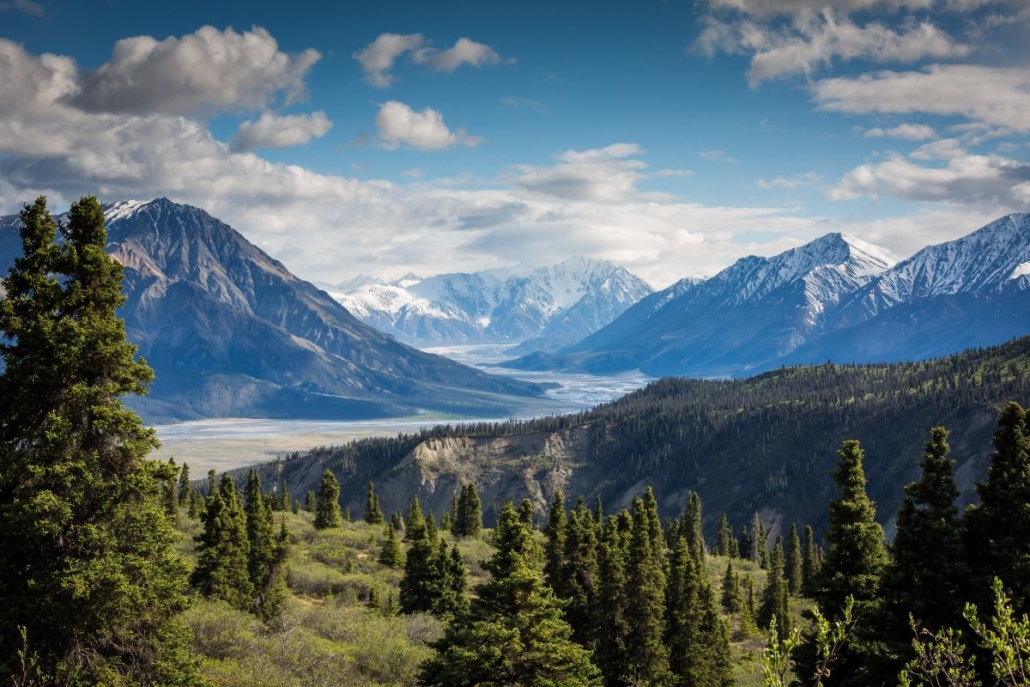SPOKANE, Wash. — Washington state on Friday became the second state in the Pacific Northwest in as many days to announce emergency rules that provide farmworkers and others who work more protection from hot weather outdoors in the wake of an extreme heatwave that is believed to have killed hundreds of people. The announcement comes a day after Oregon approved what advocates call the nnation’smost protective emergency heat rules for workers and as temperatures are spiking again this week in parts of the U.S. West, though not as severely as at the end of June. The heat makes it challenging to fight wildfires in parts of a region struggling with a historic drought tied to climate change.
“The” heat experienced in our state this year has reached catastrophic levels,” Wa,” Washington Gov. Jay Inslee said. “The”physical risk to individuals is significant, particularly those whose occupations have them outdoors all day.” Wa”Washington’s rules take effect Tuesday and update existing mandates that are in place from May through September when the statestate’sibillion-dollar agricultural industry relies on tens of thousands of farmworkers to tend and harvest crops such as apples, cherries, hops, and asparagus. Under the emergency rules, when the temperature is at or above 100 F (38 C), employers must provide shade or another way for employees to cool down and ensure a paid cool-down rest period of at least 10 minutes every two hours.
The state already required employers to provide every outdoor worker with at least a quart of drinking water per hour, offer safety training on outdoor heat exposure, and respond to any employee with symptoms of heat-related illness. A new requirement is that the water must be excellent. The onus was on businesses under heat rules in Washington, Oregon, and California. Del Bosque Farms owner Joe Del Bosque monitored his workers Friday and weekend when expecteding temperatures above 110 F (43 C) in the Central Valley.

“If” we see it gets too hot and it’it’sdanger to them, we will shut down the operation and send them home,” h,” said. Del Bosque also said he educates workers who pick and pack melons on his farm about preventing heat illness and provides plenty of cool water and shade to rest. The scramble to protect workers follows a heatwave that hit the Northwest and British Columbia at the end of June and broke all-time heat records in places like Seattle and Portland, Oregon. Nearly 200 deaths have been blamed on the heat in Washington and Oregon, while authorities in British Columbia say hundreds of people there may have died. An immigrant from Guatemala who was part of an outdoor crew moving irrigation lines at an Oregon plant nursery was among those who died in the heatwave.
Last month was the hottest June on record for the contiguous United States, smashing the record set in 2016 by nearly a degree, the National Oceanic and Atmospheric Administration said Friday. The record-high temperatures were caused by what meteorologists described as a dome of high pressure worsened by human-caused climate change, making such extreme weather events more likely and more intense. At the end of the month, the unheard-of extreme heat in the Pacific Northwest was the main driver as the country averaged 72.64 degrees Fahrenheit (22.58 Celsius) for June, beating the old record of 71.76 F (22 C). The 220th-centuryaverage for June is 68.4 F (20 C).
Usually, records get beaten by one- or two-tenths of a degree, but “that’s a “that’srgin,” NOAA CLI” ate scientist Ahira Sanchez-Lugo said. “That is p”pretty remarkable.” While th”re natural variability is always involved, “our climate”e is changing,” she said” Eight states — Arizona, California, Idaho, Massachusetts, Nevada, New Hampshire, Rhode Island, and Utah — had their hottest June, while six more had their second hottest. NOAA records go back 127 years. “The recent” heatwave is a reminder that extreme temperatures can be a real danger in the workplace. With more hot weather on the way, we’re takiwe’retion now,” said Joe” Sacks, director of the Washington State Department of Labor & Industries.
Its rules are similar to increased protections that Oregon adopted Thursday, but that state went further. Once the heat index rises above 90 F (32 C), employers in Oregon must ensure effective communication between workers and supervisors to report concerns and ensure employees are observed for alertness and signs of heat illness. At 80 F (27 C) or above, employers must provide sufficient shade and an adequate drinking water supply. Agricultural-rich California adopted the nation’s first rules requiring stations of water for farmworkers in 2005 followingten0 heat-related deaths — four of them farmworkers — in two months.
The regulations have since been beefed up, requiring employers to provide shade when temperatures rise above 80 F (27 C) and 15-minute breaks in the shade each hour when temperatures rise higher. Employers also must provide cool drinking water in easily accessible locations, toilets, and hand-washing facilities. When it’s hot, there is much work in the middle of their’s Associated Press. Science Writer Seth Borenstein in Washington, D.C., and video journalist Terry Chea in Firebaugh, California, contributed to this report.


















Leave a Reply